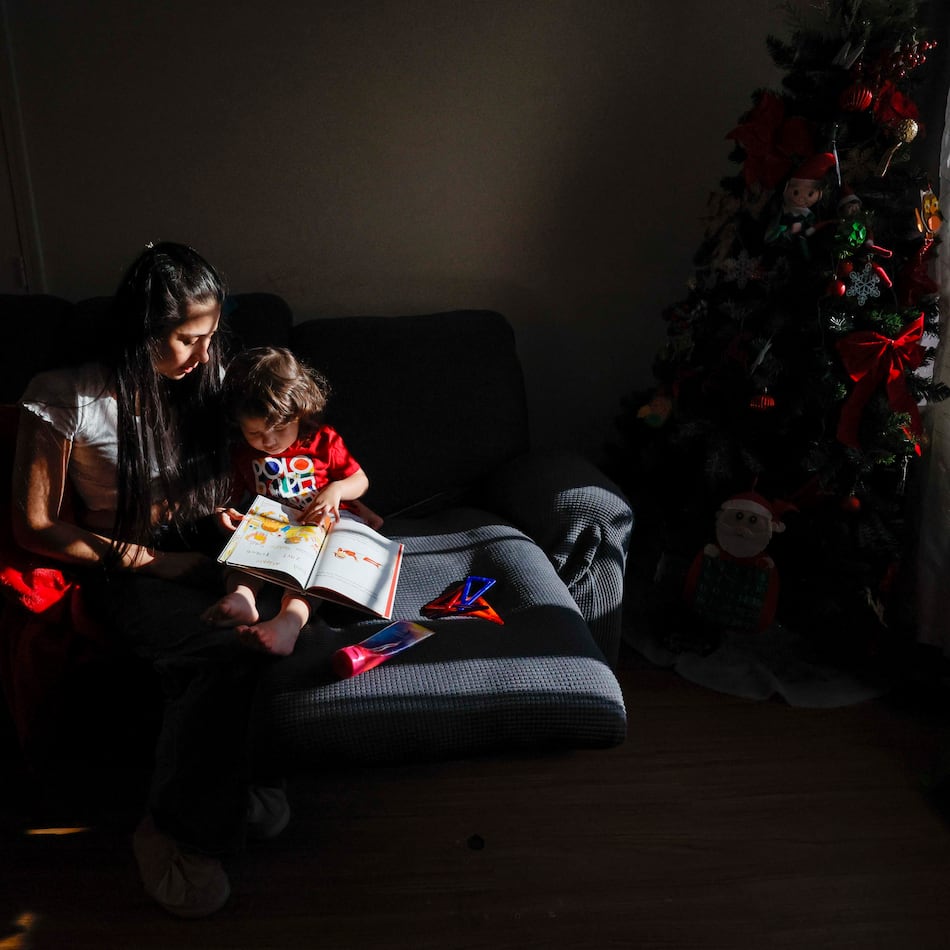When I was about 10 years old, my mom, a psychology high school teacher at that time, showed me pictures of the American eagle for the first time while reading a captivating story about their resilience, perseverance and strength. I remember listening to her dramatic voice, spellbound, while images of that majestic bird danced in my mind.
That story birthed a lifetime love and fascination for the American eagle. Hence, it’s no wonder I was beyond excited when a friend told me of the “Eaglecam” installed at Berry College campus in Rome.
Two cameras provide 24-hour live video feeds of a bald eagle’s nest. Even right now, as I write, one of my computer monitors shows two eaglets sleeping, while their watchful mother’s head turns to all sides, ensuring that her babies remain safe while resting.
One of the most fascinating stories about eagles is how the mothers build their nests. Though many of us have seen pictures of a huge eagle’s nest, most people do not know what lies beneath the seemingly soft surface.
When the mother builds it, she starts by layering the nest with thorns, rocks, branches, and other sharp materials, seemingly unsuited for a resting place. But after the base is finished, she starts lining it up with a dense padding of feathers, fur, wool, pine straw, and other, much softer materials.
It is there that she lays her eggs. It is there that her newborn chicks will start receiving the nutrition they need to grow.
But when the birds reach flying age, something very interesting happens: Mother eagle starts “stirring up the nest.”
With her long talons, she starts bringing up the thorns and sharp rocks, exposing them to the surface, slowly moving away the comfortable feathers and wool from her babies’ nest.
In a gradual, deliberate process, mother eagle provides the necessary change in her babies’ environment, making it uncomfortable enough to prompt them to mature and move on to adulthood.
Would mother eagle not stir up its nest, the eaglets would not have the desire to fly.
Would the eaglets not be prompt to fly, they would never learn how to soar above the storms.
What a powerful imagery!
The same process engraved in the eagle’s DNA seems to be used by God to grow our faith.
Most of the Psalms that nurture our soul in the valley were written during King David’s times of greatest distress, loneliness, grief, conviction and persecution. The apostle Paul wrote his most poignant, life-giving epistles while suffering in Rome’s dungeons. It was there that he learned to rise above the stench of his circumstances and hold on to the strength of his savior.
The same principle translates in the lives of many of history greats.
Florence Nightingdale reorganized the entire hospital system in England while she was bed-ridden. Though semi paralyzed and suffering from constant apoplexy threat, Pasteur tirelessly kept fighting the disease to the end. Brilliant astrophysicist Stephen Hawking has been confined to a wheelchair for years. Afflicted by ALS Syndrome, he has completely lost the ability to move, and even speak. And yet, his work and valuable contributions in the field of science escalated to unprecedented heights when the symptoms worsened.
As I read these and so many other stories of men and women who have left a mark in God’s kingdom and in history because of their trials, and as I watch my computer monitor, where two baby eagles rest under their mother’s protective watch, this truth echoes in my heart:
There is a time to be nurtured, a time to be fed, protected and safe. But when God allows rocky circumstances to disturb our peace, there’s no question about it – it’s because he knows he designed us to soar.
Patricia Holbrook is a Christian author, blogger and international speaker. Her book, “Twelve Inches,” is on sale at Barnes & Nobles, Amazon and retailers worldwide. Visit her website www.soaringwithHim.com. For speaking engagements and comments, email pholbrook@soaringwithHim.com.
About the Author
The Latest
Featured


